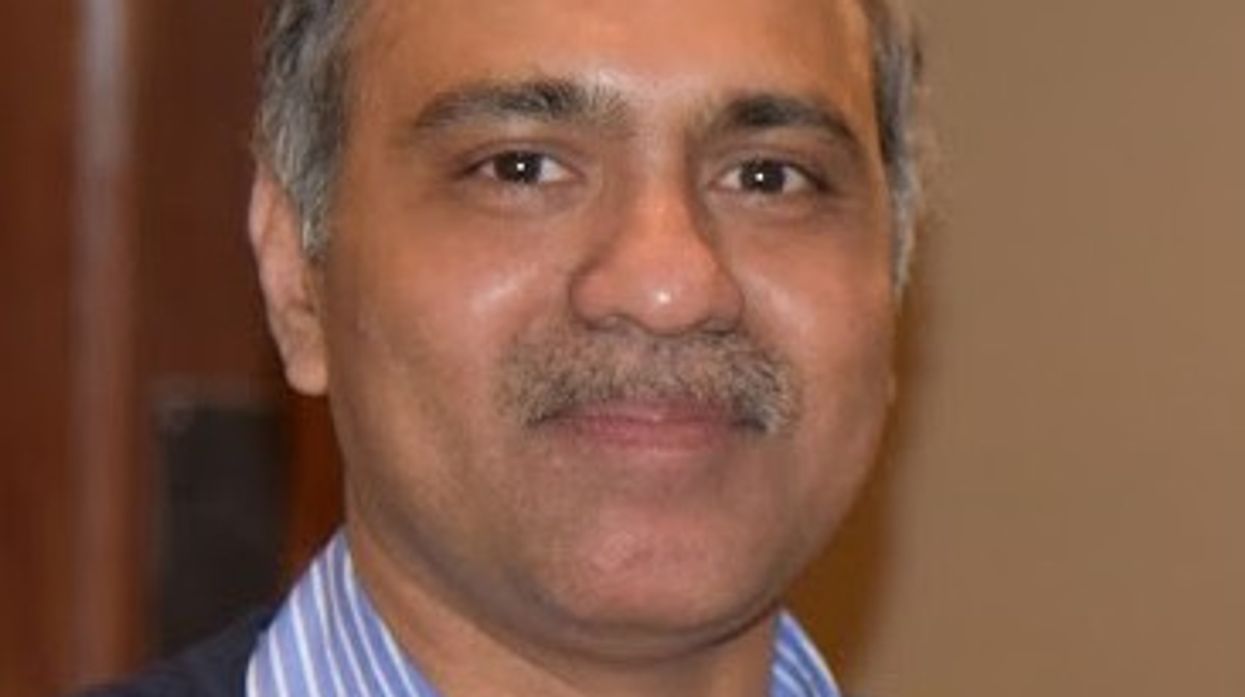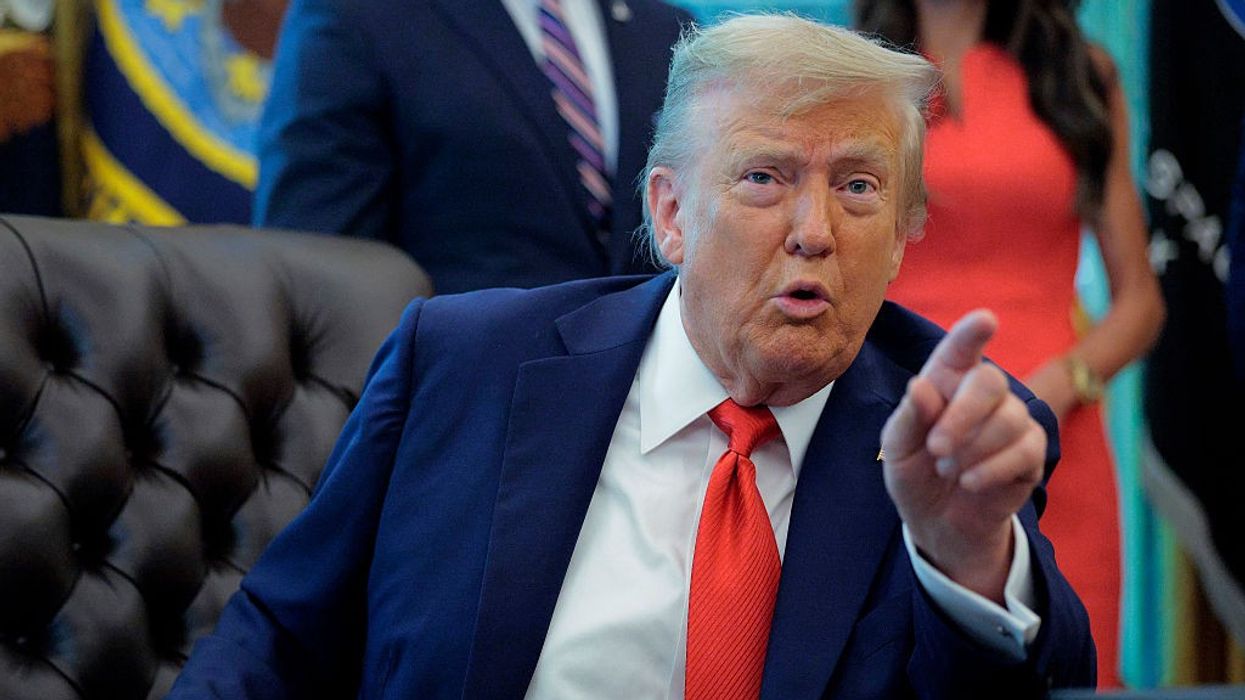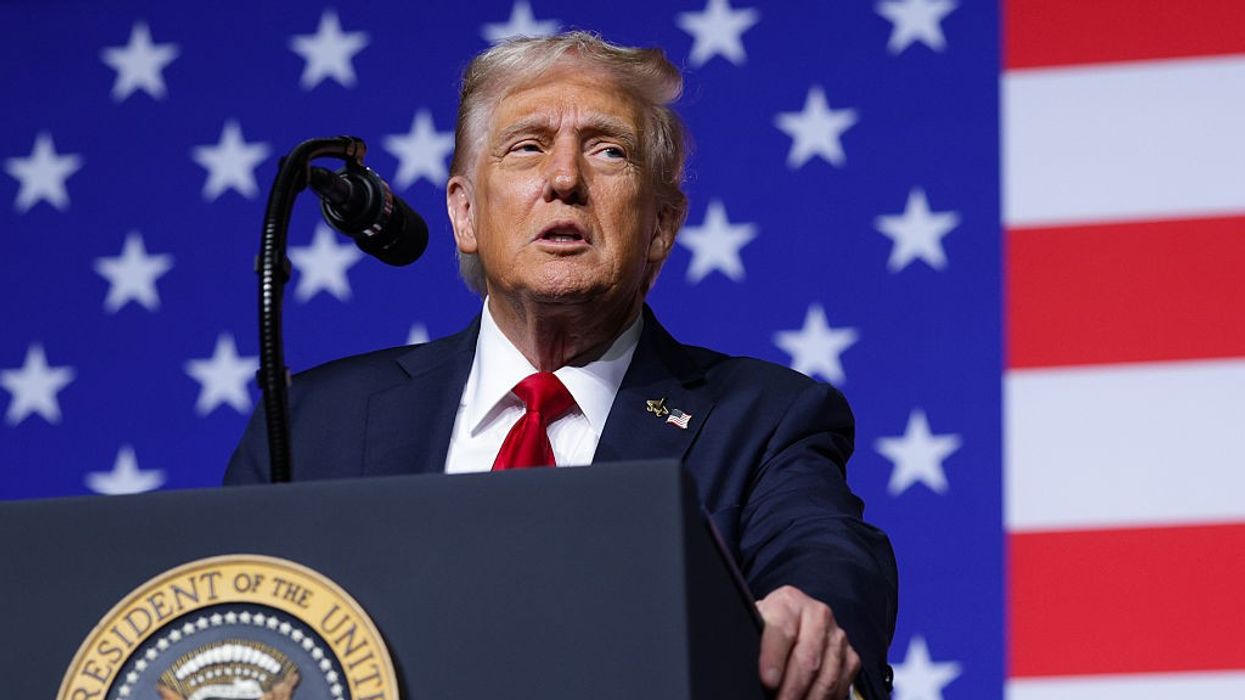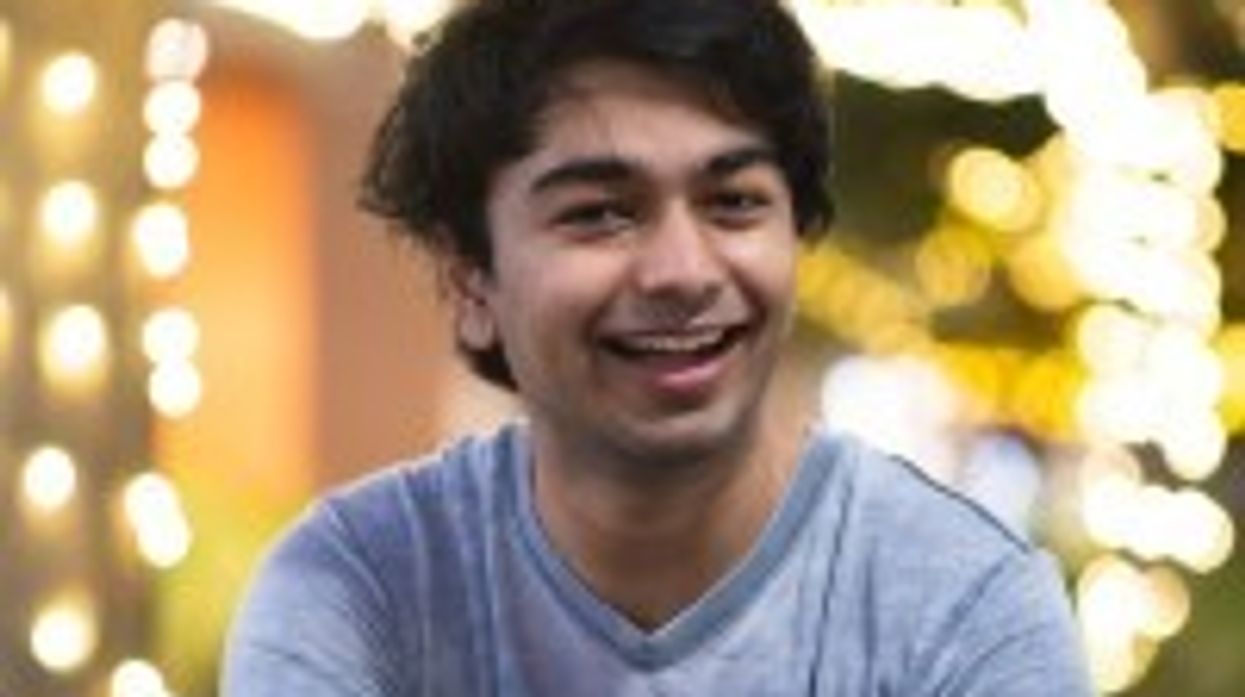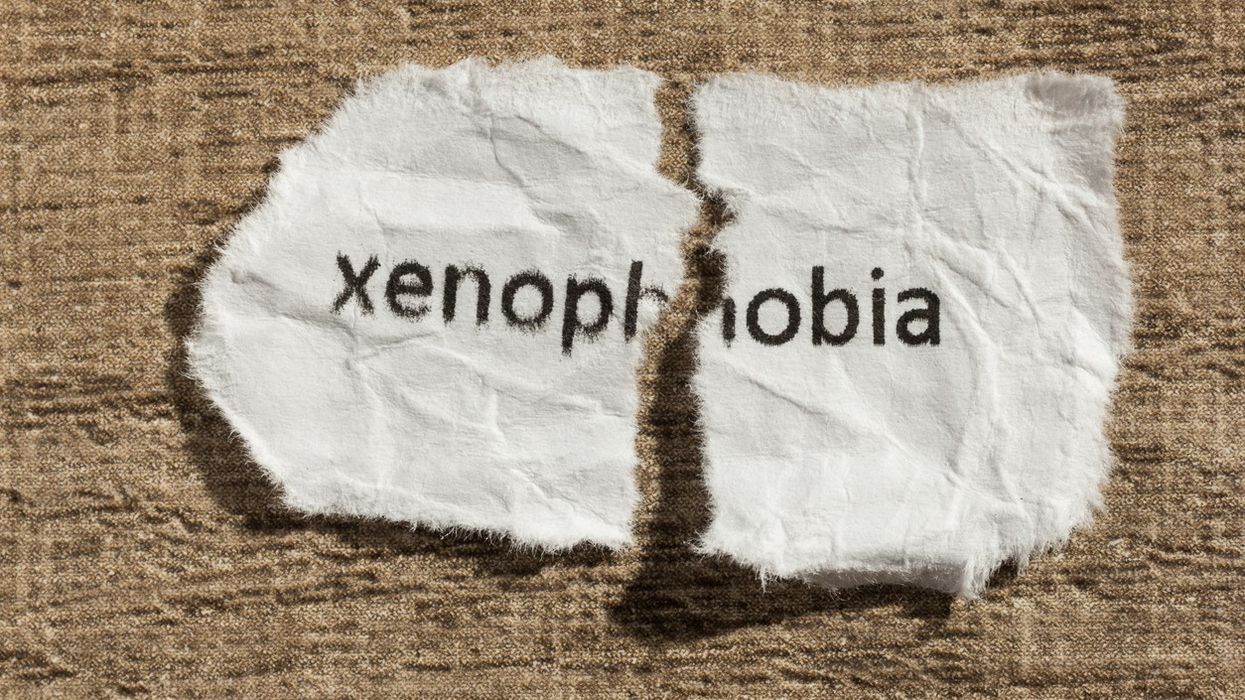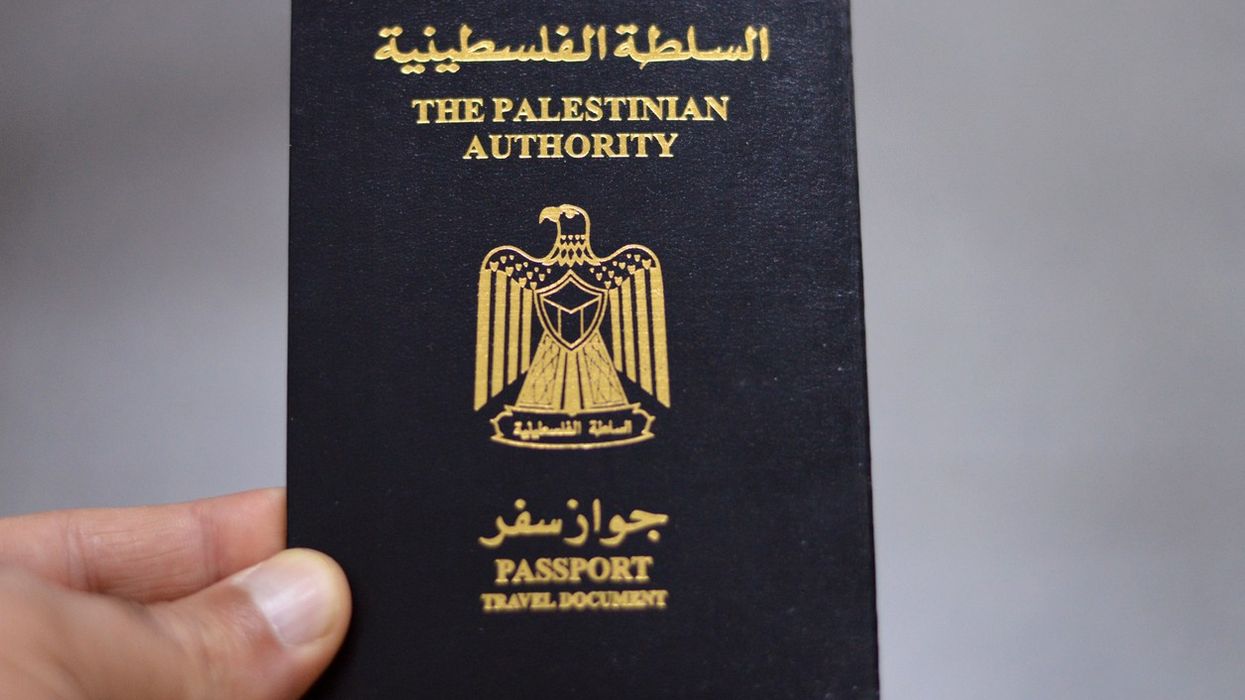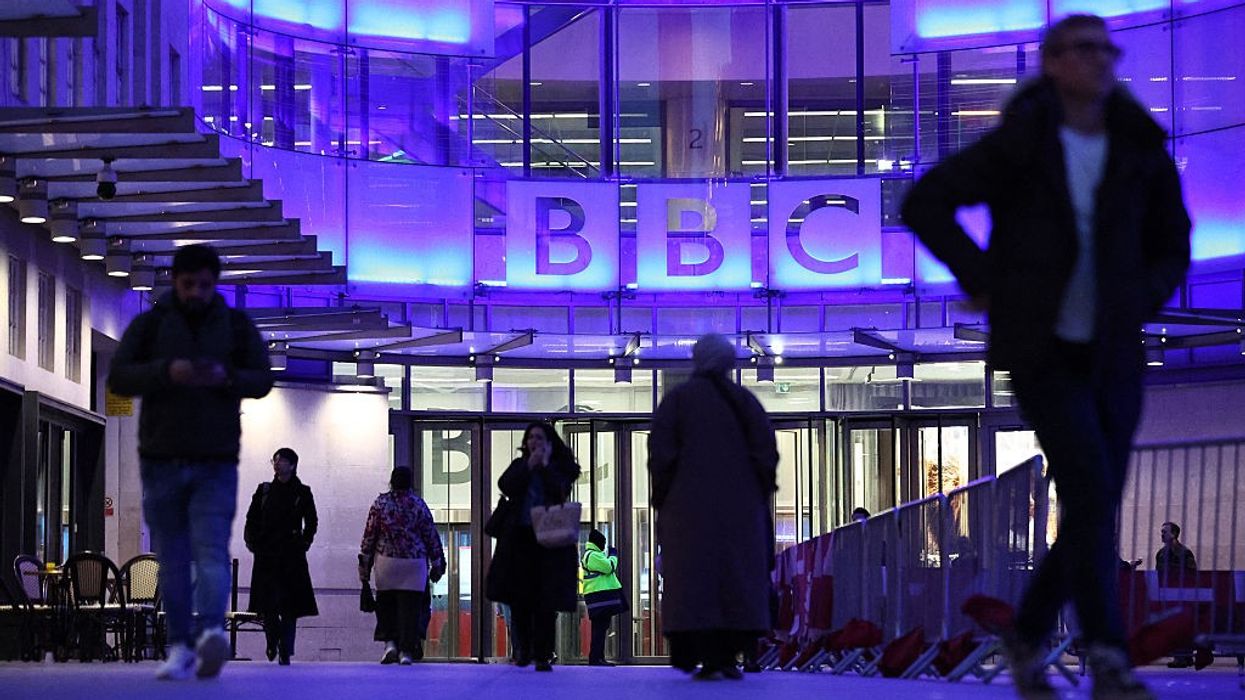The Nepalese government has imposed a ban on 26 major social media platforms for operating in the country without registering as per new government rules. This decision came after a deadline of seven days for mandatory registration expired, and many platforms including Facebook, Instagram, WhatsApp, YouTube, and X (formerly Twitter) failed to comply. The move was announced following consultations involving the Communication and Information Technology Ministry, Nepal Telecommunication Authority, telecom operators, and internet service providers.
Among the banned apps are Facebook, Messenger, Instagram, YouTube, WhatsApp, X, LinkedIn, Snapchat, Reddit, Discord, Pinterest, Signal, Threads, WeChat, Quora, Tumblr, Clubhouse, Mastodon, Rumble, VK, Line, IMO, Zalo, Soul, and Hamro Patro. Meanwhile, platforms like TikTok, Viber, Wetalk, and Nimbuzz were exempt as they successfully registered with the authorities. Telegram and others are still in the process of registering.
Violent protests and gen Z resistance
The ban ignited widespread protests across Kathmandu and other cities, led largely by Nepal's youth, often dubbed “Generation Z.” Demonstrators, angry over the ban as well as broader corruption allegations, clashed with police, leading to vandalism of government buildings and violent encounters. Police responded with tear gas, rubber bullets, and water cannons, resulting in injuries and at least 19 deaths. Protesters even stormed parts of the parliament building, prompting curfews and deployment of the military in some areas.
For many young Nepalis, social media is more than entertainment; it is a crucial space for political activism, free expression, communication, and livelihood. The sudden blackout cuts off vital channels of interaction, affecting not only social life but also businesses and migrant workers relying on online contact with families abroad.
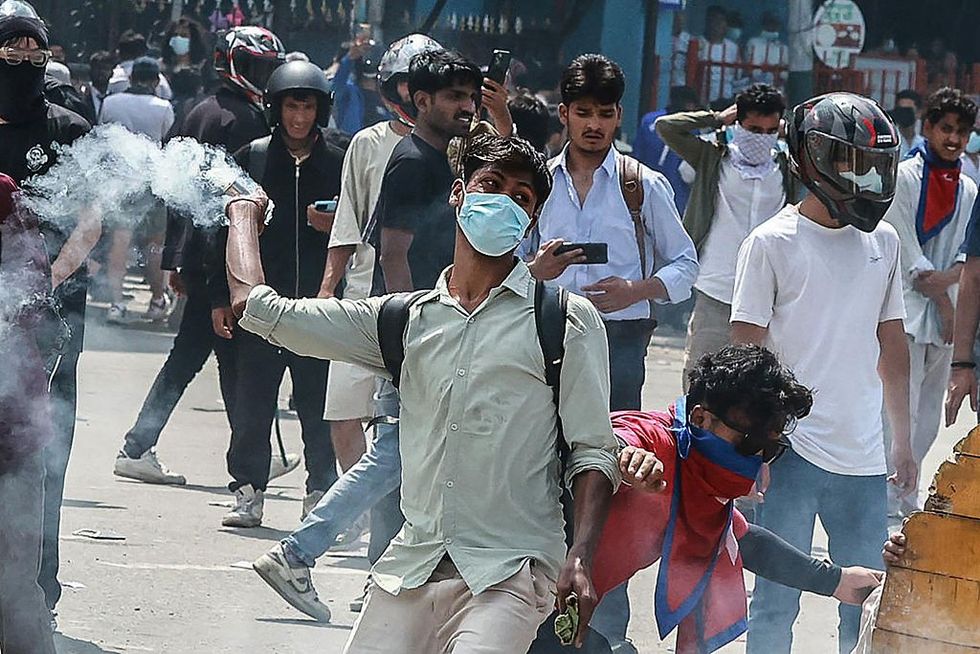
Government’s justification and backlash
Prime Minister KP Sharma Oli defended the move sternly, stating, “The independence of the nation is greater than the loss of jobs of a handful of individuals.” The government cites sovereignty and the need to regulate platforms for legal accountability, requiring them to register, appoint local representatives, and obtain licenses. Officials claim they repeatedly requested compliance but faced resistance from the companies.
However, critics argue the ban amounts to censorship, curtailing freedom of speech and democratic expression. Many opposition leaders, civil society groups, and press freedom organizations have condemned the ban. They highlight the absence of a parliamentary act approving the bill ("Operation, Use, and Regulation of Social Media in Nepal") cited by the government, further fueling public anger and distrust.
Economic and social impact
The ban has disrupted communication, commerce, and tourism, with small businesses particularly affected due to their reliance on platforms like Facebook and Instagram for marketing and sales. Telecom companies report significant revenue losses since the ban’s implementation. Users have gravitated towards apps exempt from the ban, such as TikTok and Viber, causing server slowdowns.
Social media accounts of affected individuals and businesses are facing challenges maintaining audience engagement during Nepal’s biggest festive period. The shutdown threatens to stunt economic activity and isolate millions of internet users, many of whom depend on global connectivity as a lifeline.
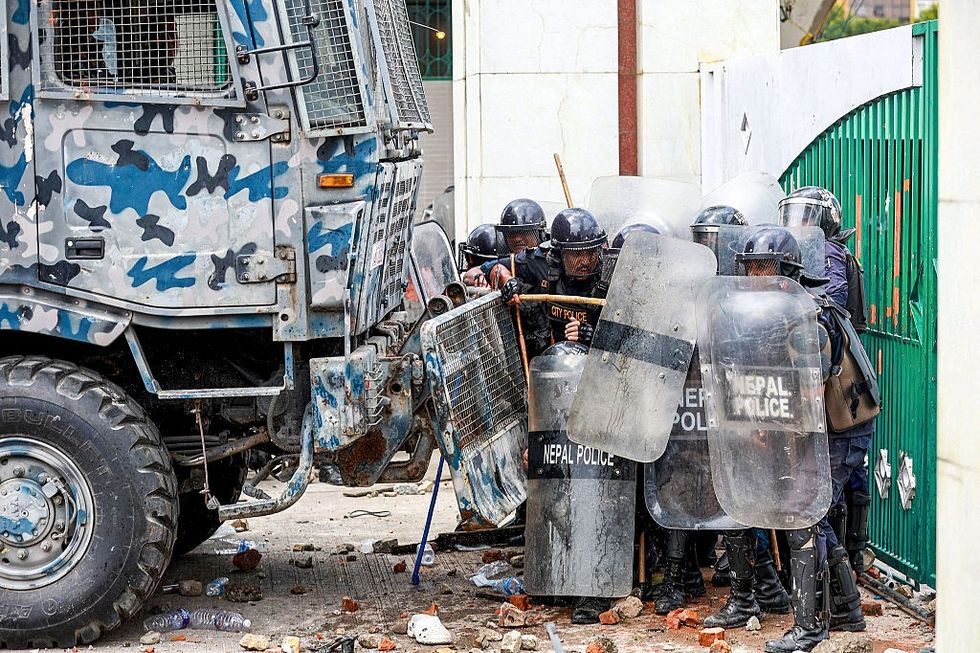
Uncertain future amidst continuing protests
While some platforms have shown interest in registration, the conflict between government regulations and digital freedoms remains unresolved. The intensity of youth protests signals deep dissatisfaction with state controls over the internet and broader governance issues. As Nepal grapples with these tensions, observers await whether the government will reconsider or intensify its social media regulations.
This is one of the largest youth-led mass protests Nepal has witnessed in years, revealing the critical role of digital platforms in modern civic life and the challenges governments face in balancing regulation with rights.



